Market Analysis
In-depth Analysis of Contactless Smart Card Market Industry Landscape
The market aspects of contactless smart cards have experienced a very strong growth that is motivated by increased interest in secure and convenient payment solutions. Contactless smart cards, equipped with implanted microchips and radio frequency identification (RFID) technology, have become essential components of many occupations such as finance, transportation, health care and access control.
The security efforts is among the key push factors for contactless smart card market. Traditional magnetic strip cards are vulnerable to skimming and counterfeiting, hence the reason for the shift into the safer ones. Advantages of using the contactless smart card are having encoded communication between the card and the user making it resistant to unauthorized access and data breach. These types and enterprise and their clients are those looking for the most reliable and secure payment methods.
The contactless payments has, in addition, also played a significant role in such market's elements. The ability to do minor installments without any hassle and in no time by simply tapping or waving the card near a reader has attracted enormous customer acceptance. This propelling convenience has induced the boundless adoption of contactless smart cards in normal exchanges taking one from retail buying to public transportation.
The expeditious development of global digitization trend and the arrival of the Internet of Things (IoT) have consequently raised the requirement for contactless smart cards. With cities and institutions embodying smart improvements, it is now essential for the integration of contactless payment systems. Contactless smart cards, with IoT, transform secure and efficient transactions between interconnected gadgets with them. As the digital era unfolds, contactless smart cards appear to be becoming a key component of the evolving digital payments ecosystem.
Moreover, the Covid-19 pandemic has boosted the adoption of touchless payment techniques aiming at safety and hygiene among consumers and businesses. The fact that these smart cards are actually contactless and that not much physical contact is required during the exchanges have further stimulated the uptake of contactless smart cards. This change in consumer behavior has led to a modification of the payment system and associated fields like public transport, where cashless cards present a more safe and appealing alternative to cash payment.

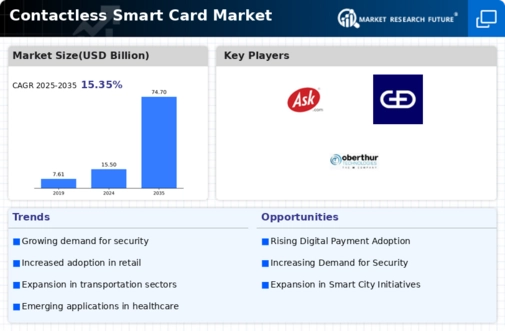
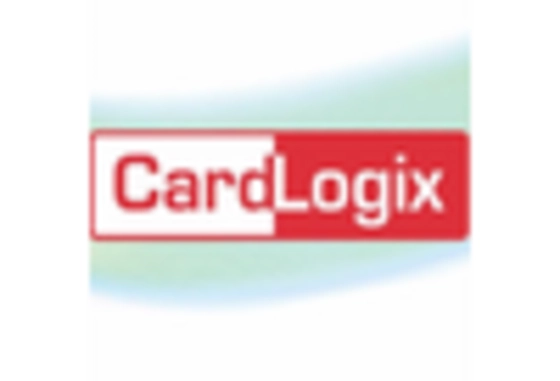

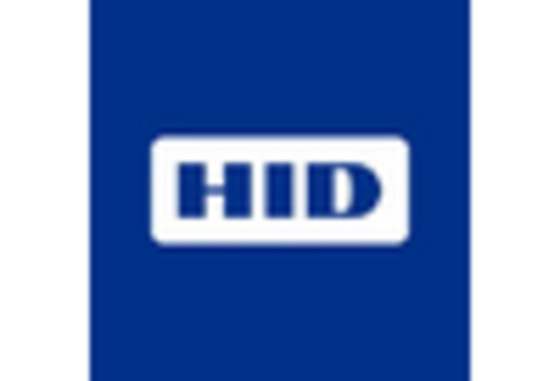
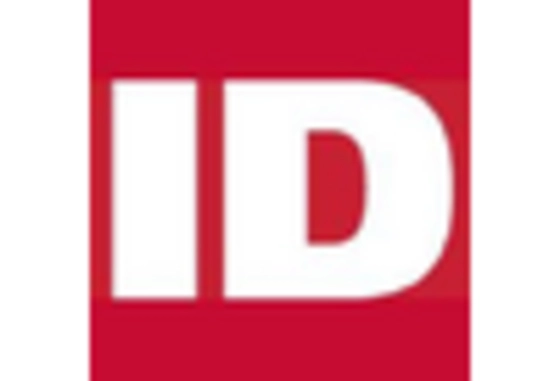
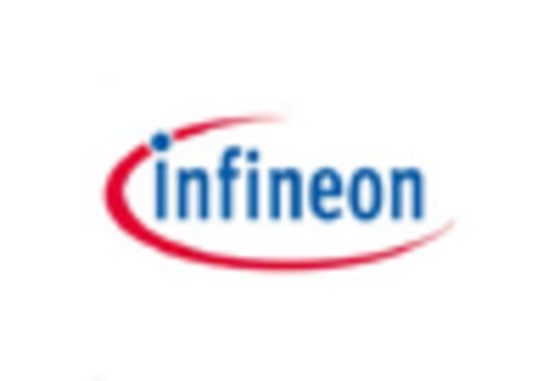

Leave a Comment